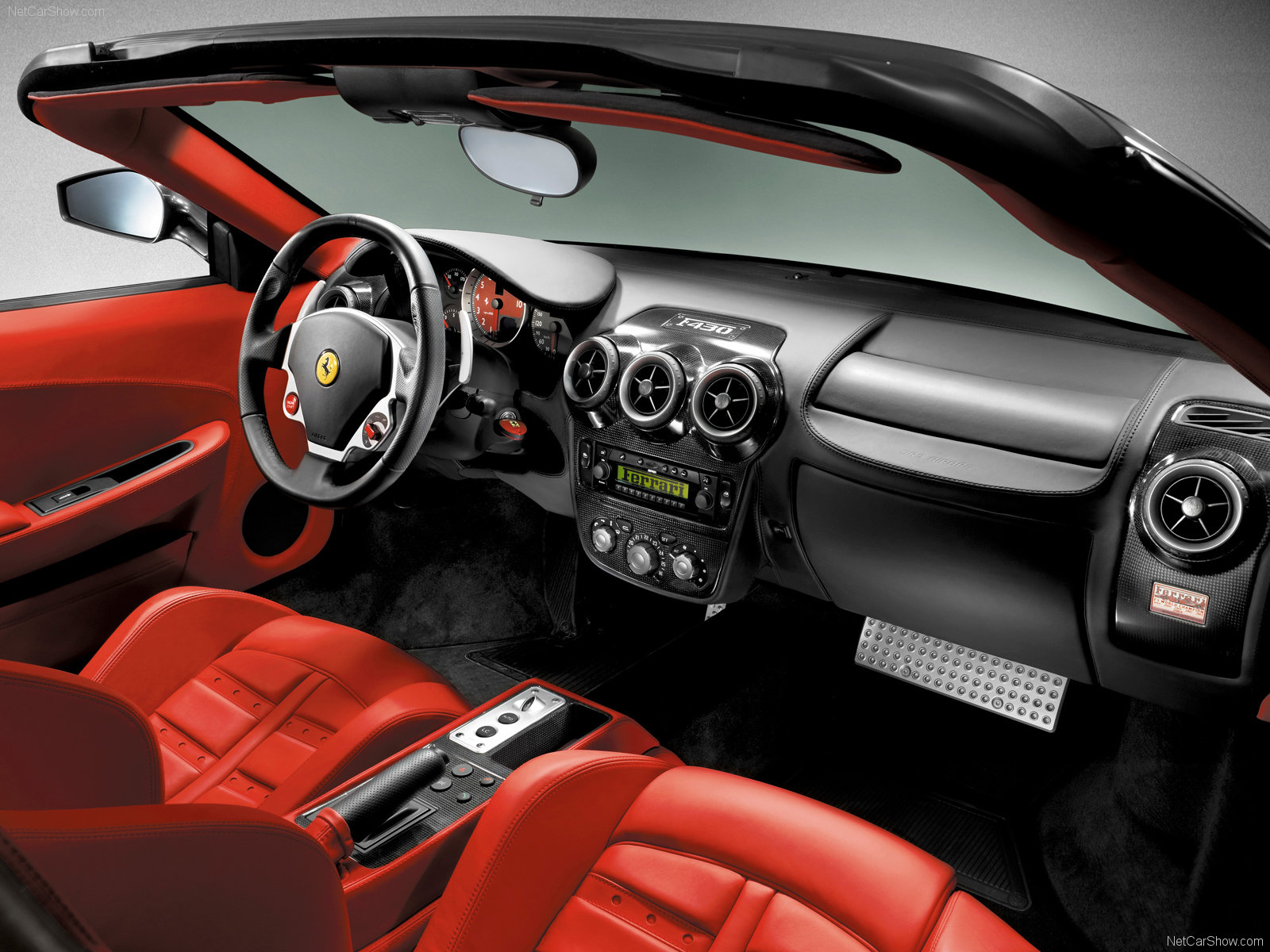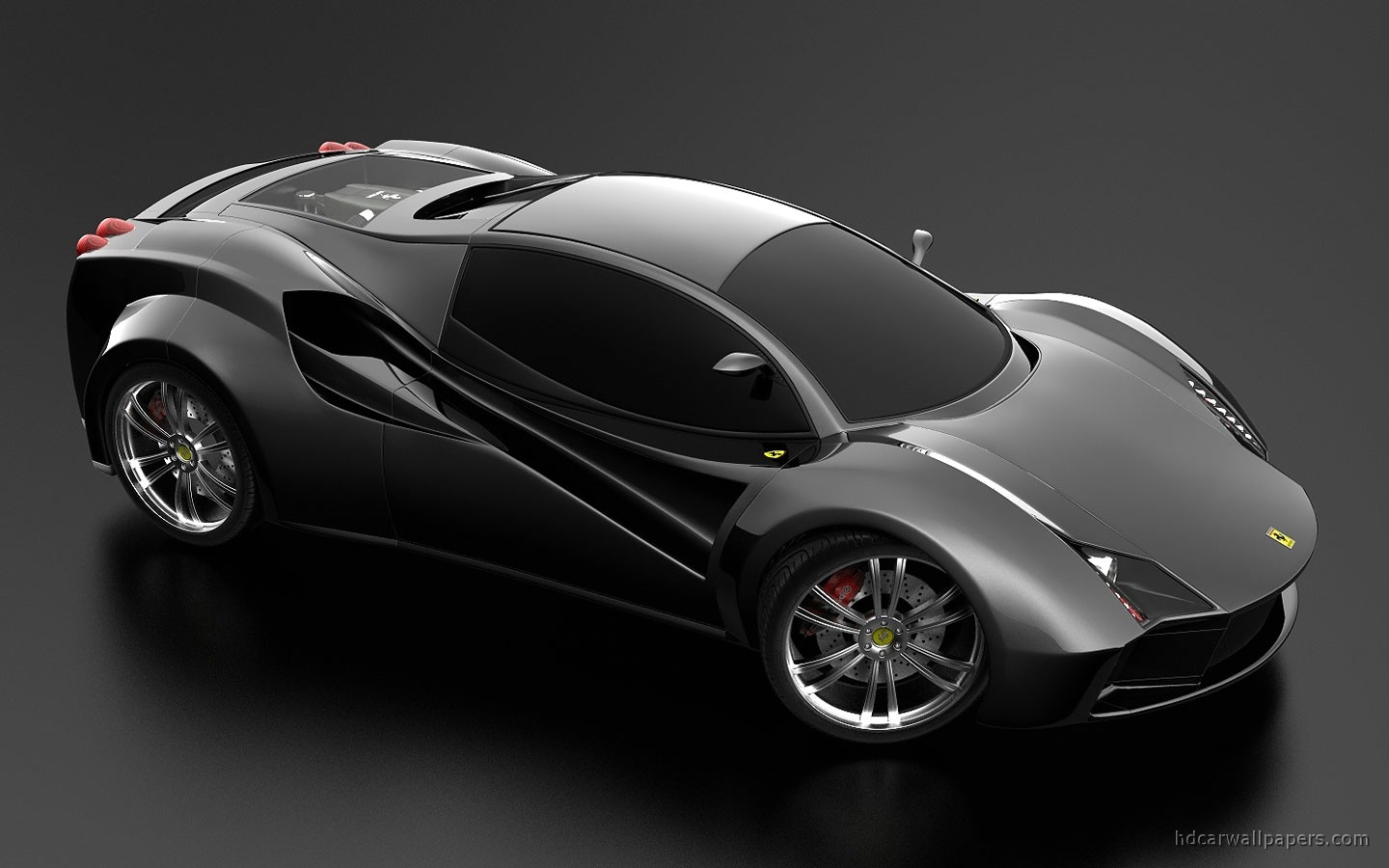Audi launched the A3 in 1996, there has been two Audi A3 models both are based on VW Groups A platform, the same platform as Audi TT, VW Golf, VW Caddy,VW Touran as well as the Seat Leon, Seat Toledo and the Skoda Octavia.
The first generation of Audi A3
The very first Audi A3 or Typ 8L had its European launch in 1996, signalling Audi's return into the smaller car market, It was the first VAG model to be deployed on the "PQ34" or "A4" platform, based losely on the main contemporary, the Volkswagen Golf Mk4. When first launched the only model available was the three-door hatchback body, This was Audi attempt to offer a more sporty image than that of the VW Golf, launched as both both front- and four-wheel drive. Every engine used the inline four-cylinder configuration, using a transversely mounted engine, A transverse engine is an engine that is mounted in a vehicle so that the engine's crankshaft axis is perpendicular to the long axis of the vehicle. With the launch of the the Audi A4, the Audi A3 switched to the five valves per cylinder engine.
In 1999, Audi increased the number of engine sizes available introducing much more powerful versions: a 1.8 Turbo rated 180 PS (132 kW; 178 hp), and a 1.9 TDI diesel engine with Unit Injector "Pumpe Düse" (PD) technology and variable geometry turbocharger. The four-wheel-drive A3 1.8T quattro used either the 150 PS (110 kW; 148 hp) or 180 PS (130 kW; 180 hp) engine, and the same Haldex Traction-based on-demand four-wheel drive system as the Audi S3 and the Audi TT. 1999 also saw Audi bow to the pressure of market demands and launch a five-door model, this had never been considered by Audi as a good idea and they had no plans of producing one, But demand was so high that this could not be ignored.
The third quarter of 2000, the Audi A3 received it first facelift with new headlights and new rear light clusters, added other minor cosmetic changes, an improved interior, and the arrival of a six-speed manual gearbox, on the 180 PS (132 kW; 178 hp) 1.8 Turbo and the brand new 130 PS (96 kW; 128 hp) 1.9 TDI.
Audi's Electronic Stability Programme (ESP), traction-control and brake force distribution computer became standard equipment in some countries.
Production of the Typ 8L Audi A3 was stopped in Europe during 2003, But Audi continued to sell the Typ 8L in undeveloped countries. When production of the Typ 8L model was stopped in Brazil, the retail price increased by nearly Forty percent from £19,434 to £32,389.
Second generation Audi A3 (Typ 8P/8PA, 2003–present day)
In 2003 the Geneva Motor Show was where, Audi unveiled the updated second-generation of Audi A3, the Typ 8P, designed by Walter de'Silva. Initially launched as a three-door hatchback with a four cylinder engines, featuring a new automobile platform ( PQ35 platform), a new more spacious interior, new larger petrol engines with Fuel Stratified Injection (FSI), and standard six-speed manual gearboxes (excluding the base 1.6 model).
The summer of 2003, saw the arrival of two sports-influenced models, the 2.0 Turbo-FSI version rated 200 PS (147 kW; 197 hp), and a huge 3.2 VR6 engine (for the first time) with 250 PS (184 kW; 247 hp). Haldex Traction-based quattro on-demand four wheel drive, and the S-Tronic semi-automatic gearbox were introduced as options (quattro is standard on the VR6) on every model with engine over 140 PS (103 kW; 138 hp).
The five-door Audi A3 Sportback model arrived in mid 2004. Audi A3 Sportback has a body that is s 80 mm (3 inchs) longer than the base three-door body, also benefits from improved rear interior space and a much larger rear luggage compartment (370 litres). It also was the first Audi A3 to get the "single frame" front grille that was originally on the Audi A8, Due to the rave reviews and the positive response










































.jpg)






.jpg)



.jpg)
